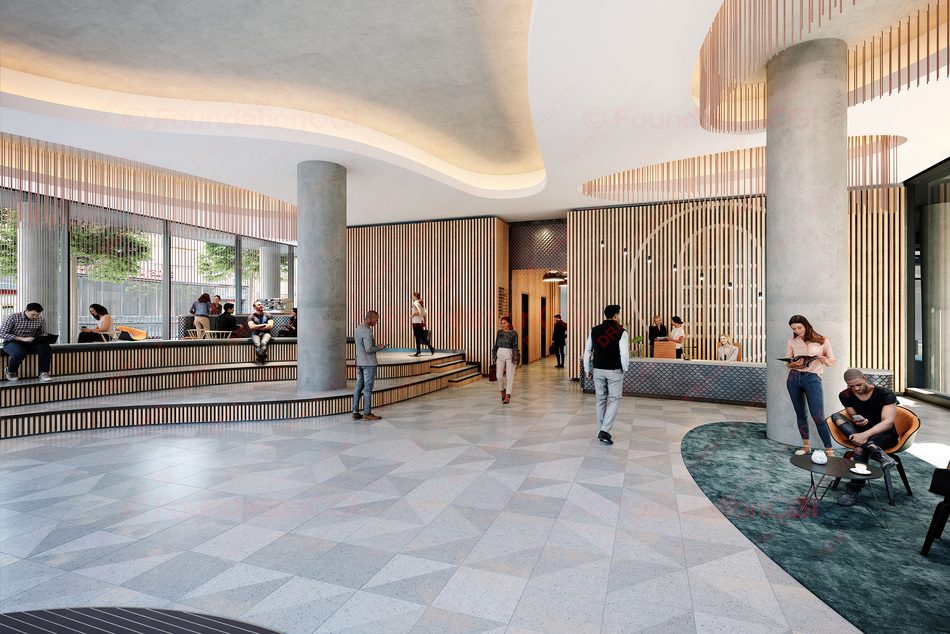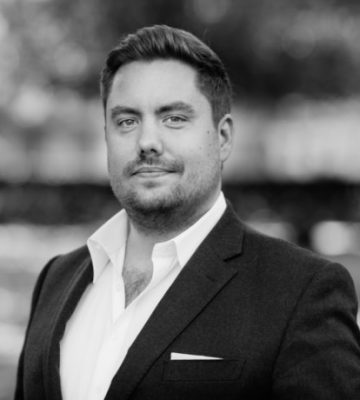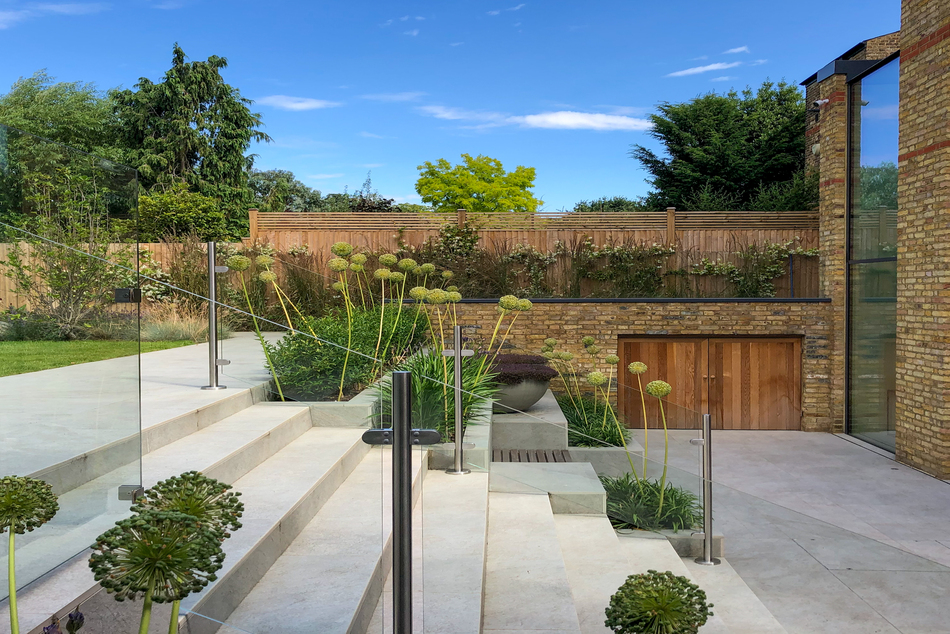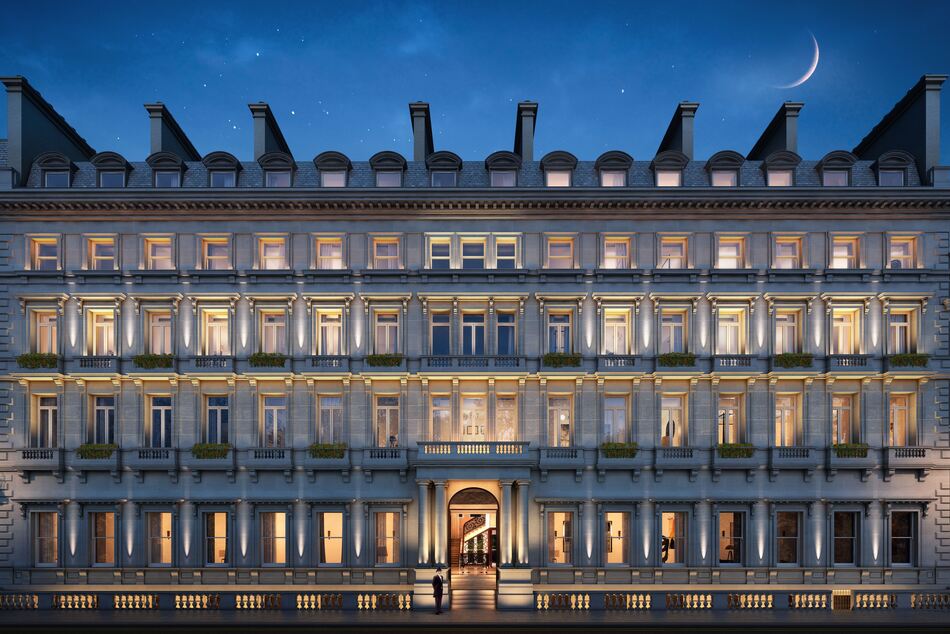We discuss the future of offices with Jason Geen of Apt, one of the leading architectural practices in the UK.
1. For those who don’t know – can you tell me a little about Apt and what your business focuses are?
Apt is an award-winning architectural studio of almost 50 staff based in central London. We’re 11 years old and have a core team of very talented designers, the majority of whom have worked together for a significant period of the studio’s life, or in a number of instances also have worked together in former lives at other practices. The longevity of this creative time together has enabled the core management team to establish a design business underpinned by trust, but excitingly this maturity also enables unexpected design solutions and creative ideas to be explored with the full support of colleagues. It’s this support and the exploration of the unexpected which makes daily life at Apt creatively fulfilling and fun.
The business ownership transitioned to become an Employee Owed Trust (EOT) almost 4 years ago, which means that all employees are owners of the business and share in the benefits of the studio’s successes. This makes for an elegant business model where the very youngest staff members straight from college to those who have been with the studio for a significant period of their professional lives can see a clear career path. Issues of succession and promotion within the business are clear and transparent and ultimately this gives Apt the basis for an excellent record of staff retention.
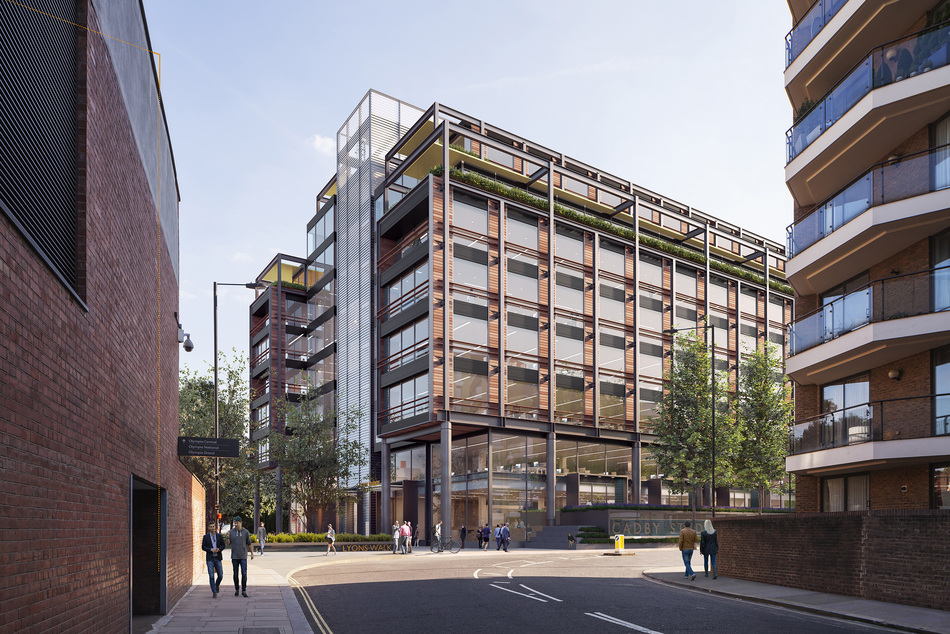 The studio business focus is predominantly across the sectors of residential accommodation, workplace, and master planning. We cover all forms of residential projects and interior design across all tenure types from very high-end bespoke private houses or apartment blocks, to mid-range and affordable. We also work in the residential sectors of student accommodation and senior living. Away from residential, we are working on a number of large commercial projects in the workplace sector as well as in the areas of entertainment, hospitality, and the arts. Our portfolio ranges from a one-room project at the Bodleian Library at Oxford University for the display of its priceless artifacts called The Treasury to our current work on the master plan for the London Resort, an enormous new entertainment sector-based 17 mins from London on the High Speed rail network.
The studio business focus is predominantly across the sectors of residential accommodation, workplace, and master planning. We cover all forms of residential projects and interior design across all tenure types from very high-end bespoke private houses or apartment blocks, to mid-range and affordable. We also work in the residential sectors of student accommodation and senior living. Away from residential, we are working on a number of large commercial projects in the workplace sector as well as in the areas of entertainment, hospitality, and the arts. Our portfolio ranges from a one-room project at the Bodleian Library at Oxford University for the display of its priceless artifacts called The Treasury to our current work on the master plan for the London Resort, an enormous new entertainment sector-based 17 mins from London on the High Speed rail network.
2. What were the main design/directions which dominated office design up to the start of the pandemic?
A lot of the focus for the office occupier before the Pandemic was about higher density and hot-desking – ensuring they were maximising the occupancy of their floorplates. This typically involved increased airflow and better WC provision amongst other things. However, there was also a trend towards the well-being of staff in the workplace and conversations aligned with a green agenda as well as how office space can stimulate creative debate and business success with a sustained push towards better communal facilities, more biophilia (planting), and an emphasis on healthy lifestyle choices.
3. Do you think people will return to the office in the same way?
No, not at all! I think the trend will go the other way, with lower occupancy rates – and perhaps less hotdesking as people have an increased awareness towards the personalised ‘ownership’ of their office space and a focus towards surface hygiene. The discussion is definitely moving towards flexible working– the office environment is now being seen as somewhere for collaborating, team building, innovating and mentoring, rather than the daily grind. I think this will mean people will still regularly use the office, but the daily 9-5 will be a thing of the past as people coalesce for specific core periods, then dissipate to get on with their work, wherever they find they work best.
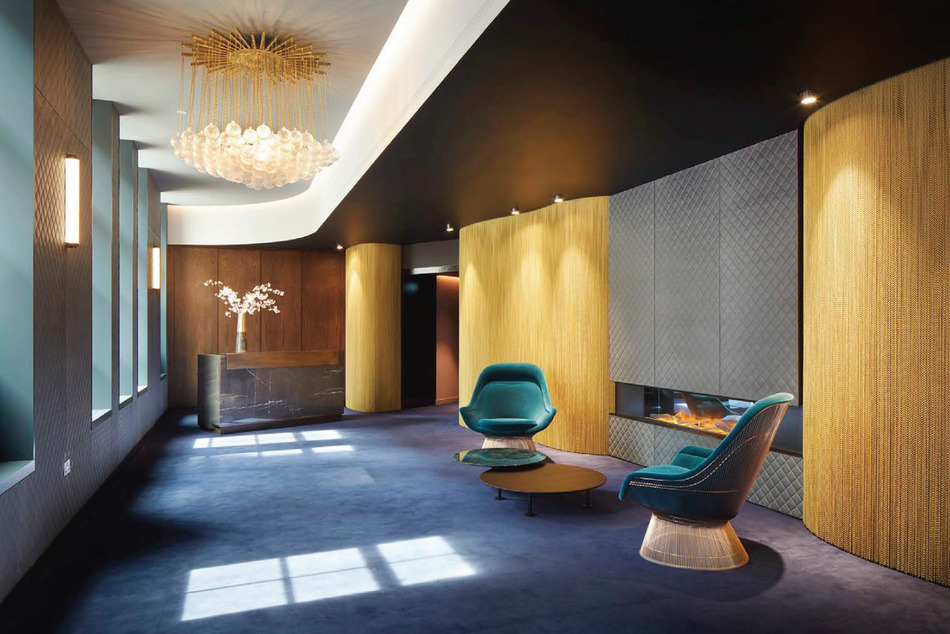
4. Are companies starting to talk to you regarding their office requirements?
Very much so. Our clients are looking forward, but equally, are reflecting on a creative review of the ‘lessons learnt’ from the last 12 months, ensuring they meet the needs of the future tenants and their revised office requirements and we are there to help them on that journey.
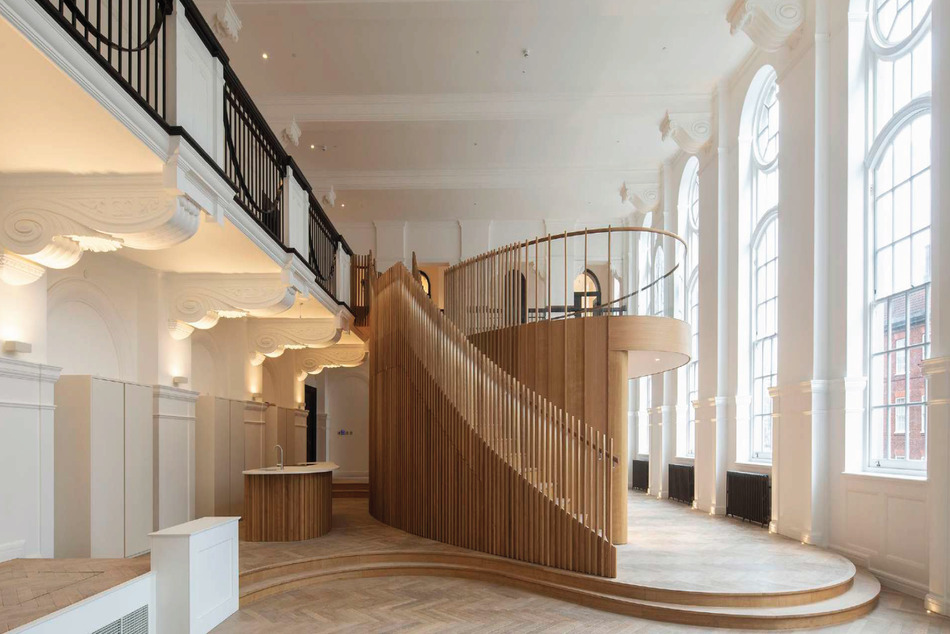
5. How have these changed in the last few months as companies start planning their return?
The last 12 months, with the working from home environment that has been enforced upon everyone, have seen a technological revolution in how the business communicates. In only a year the transition in cultural attitudes to how we meet with our clients virtually, share ideas and work together has been extraordinary. The exceptional ‘once in a lifetime' circumstances of the last year have seen a seismic shift in attitudes that without a catalyst like the Pandemic could have taken a generation or more to happen.
However, what we’ve personally experienced as a business and are now learning more about from extensive listening, is that whilst the technology has been revolutionary, staff are missing the working environment of the office, their colleagues, and the creative energy that results from this interaction. In short, we are now learning a great deal more about how the technology can positively assist us in our daily lives and free us from the mundaneness of the commute to work, freeing up our time, but were also just beginning to really understand the ‘tech fatigue’ that also results from this way of working – both mentally and physically. At our core we are all social creatures who basically miss the interaction of a conversation and the brilliance of our workmates and the next 12 months will see an adjustment again I believe as we move from the polar extremes of the last year to a more balanced position between the world pre-Pandemic, the homeworking year we’ve all experienced and what comes next.
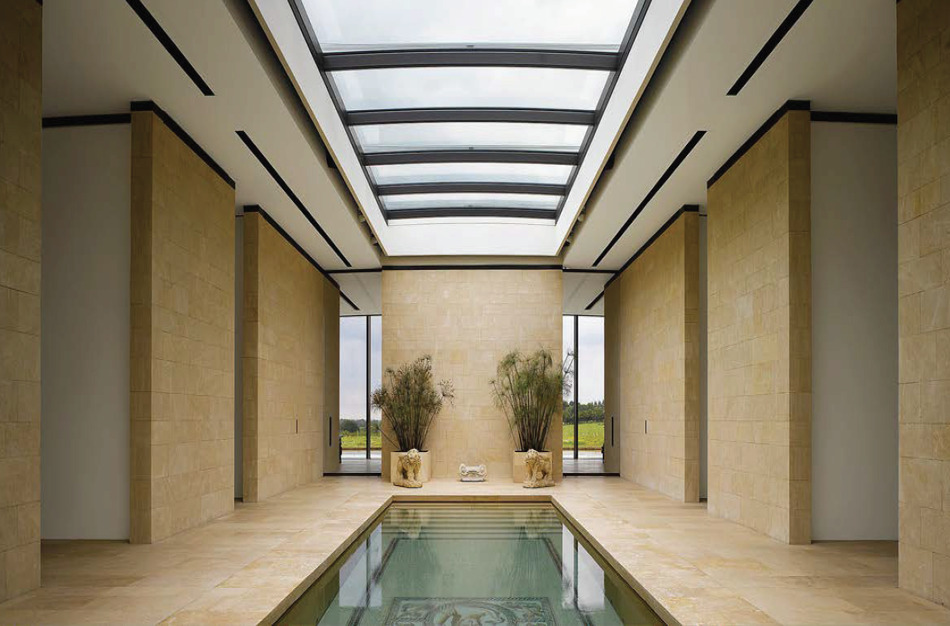
6. What are you doing at Apt regarding your return?
That’s a really interesting question. We recently asked all of the staff in the business how working from home has been for them and what they were looking for from the studio environment once a return to work was possible. 95% of our staff members asked for some sort of changes to the pre-pandemic working practices, with almost all staff saying they missed the studio and their colleagues but wanted some flexible part-time ‘working from home’ opportunities to be considered.
Staff have also asked that we reconsider our working practices- in architecture there are times in the project’s life cycle where you simply need to get your head down and deliver a very thorough package of coordinated work and there is a belief this is best done from a home environment where you can work more effectively remotely without the project suffering. There are then cycles in the projects life where you need the creative energy and the design flair from your colleagues, bouncing ideas off one another, and this can only happen in a studio workshop environment where the sketching, the physical cutting of card and model making enables you to explore and discover the unexpected.
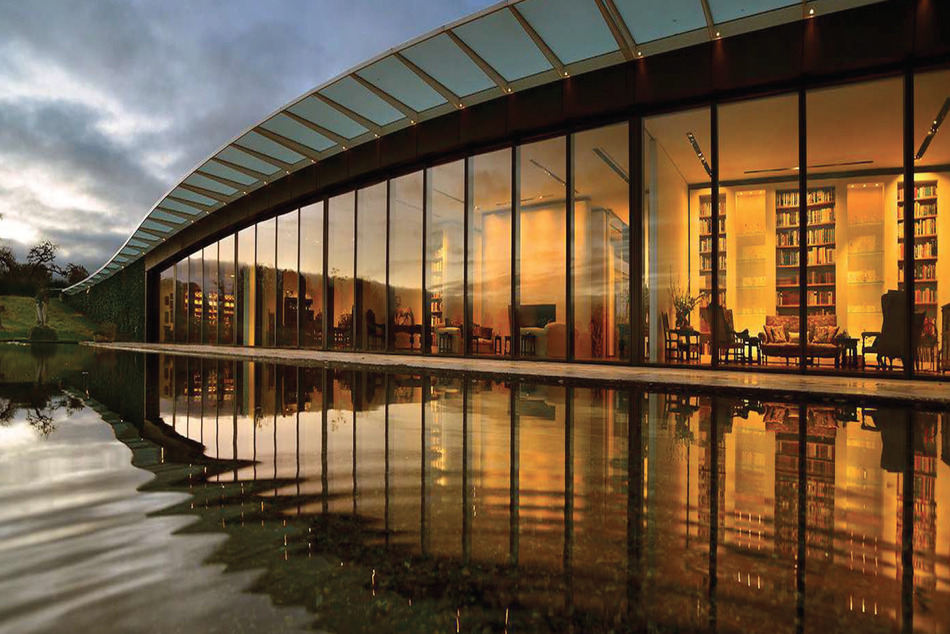 We see our studio environment changing and becoming more of a hub for workshop-style creative expressions in the future and we are looking to make these changes both to our working practices, but also to the physical studio environment of our office in advance of hopefully an easing of the current restrictions as the year progresses.
We see our studio environment changing and becoming more of a hub for workshop-style creative expressions in the future and we are looking to make these changes both to our working practices, but also to the physical studio environment of our office in advance of hopefully an easing of the current restrictions as the year progresses.
7. Will each sector react differently – examples?
I think so, we're seeing with the reopening in the last 2 weeks of the hospitality sector the importance of external space, outdoor dining, and that rarest of things, the UK adjusting to a more continental way of doing things. I personally enjoy experiencing this pavement lifestyle culture, the buzz of people eating and having fun together as I walk the city and I believe this will go a long way to assisting the high street as it reinvents itself once again.
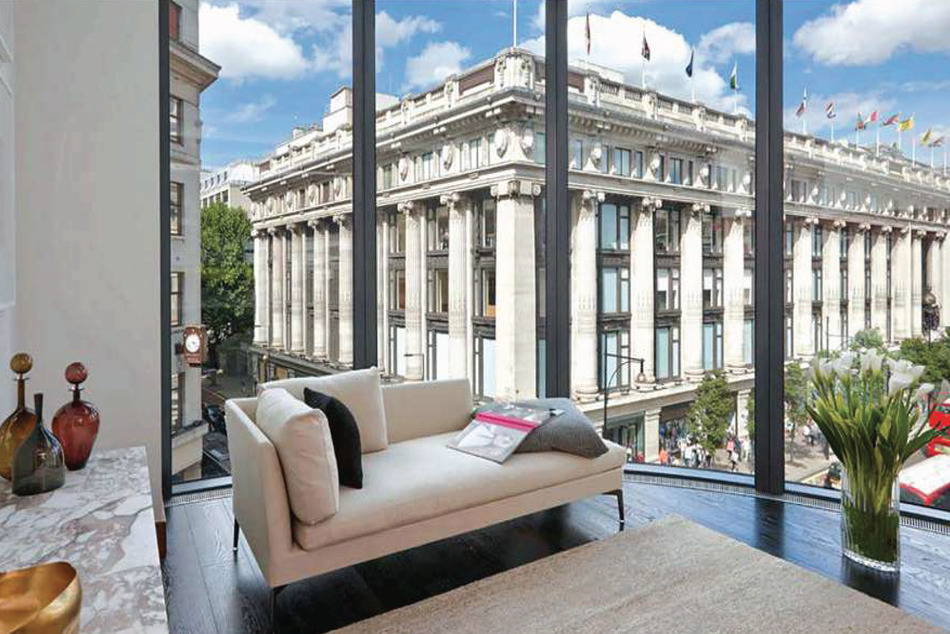 We’ve discussed the office environment and how this is likely to change. For the residential sector, the rush from clients to ever smaller space standards we were seeing previously will now see a reversal. As home working becomes more prevalent; home office space, creative storage solutions and transitional spaces that can be reconfigured for different activities during a day will be more important and will need more space to be successful in our residential solutions. I can really see these concerns forming our new design briefs. Never has natural daylight and the natural ventilation of spaces, the ability to open windows and doors onto outdoor space been at the center of a project's focus. A return to a simpler way of doing things, enabled and underpinned by technology (but not slavishly too), with a greener more sustainable agenda. It’s an exciting time, which I believe will require creative solutions and I feel there is a real drive from clients to really rebound from the trauma of the last year, to learn from it and to bring fun and wellness to the core of what we all do next. This year has given us all time to reflect, and we all want to come back and ‘do things better’.
We’ve discussed the office environment and how this is likely to change. For the residential sector, the rush from clients to ever smaller space standards we were seeing previously will now see a reversal. As home working becomes more prevalent; home office space, creative storage solutions and transitional spaces that can be reconfigured for different activities during a day will be more important and will need more space to be successful in our residential solutions. I can really see these concerns forming our new design briefs. Never has natural daylight and the natural ventilation of spaces, the ability to open windows and doors onto outdoor space been at the center of a project's focus. A return to a simpler way of doing things, enabled and underpinned by technology (but not slavishly too), with a greener more sustainable agenda. It’s an exciting time, which I believe will require creative solutions and I feel there is a real drive from clients to really rebound from the trauma of the last year, to learn from it and to bring fun and wellness to the core of what we all do next. This year has given us all time to reflect, and we all want to come back and ‘do things better’.


